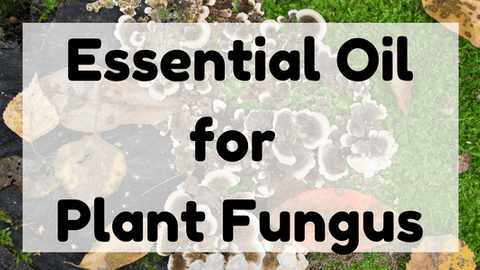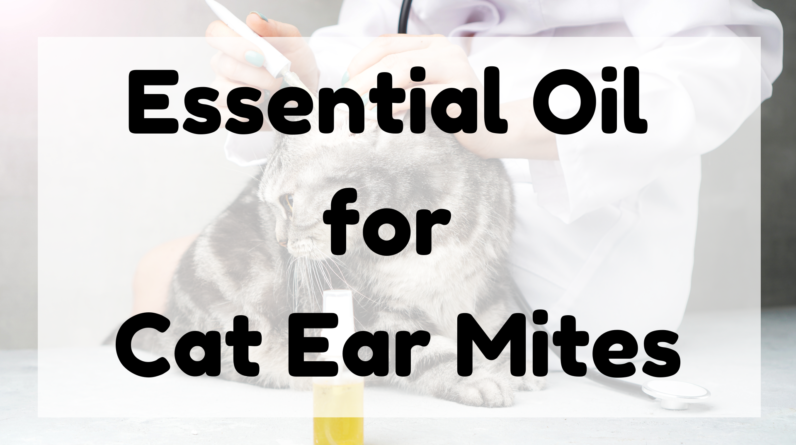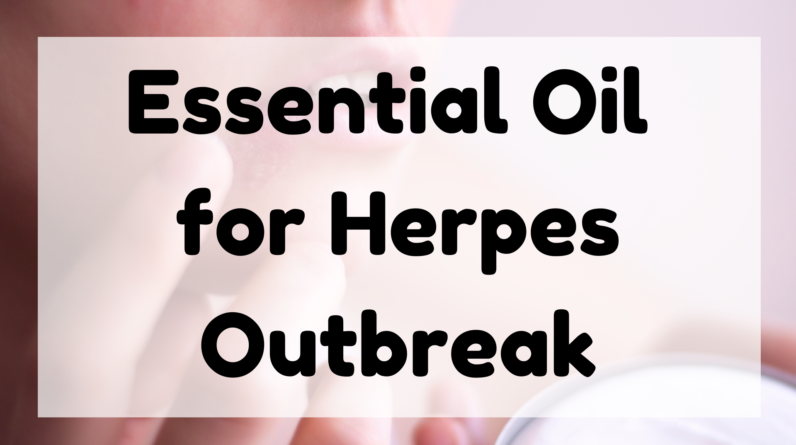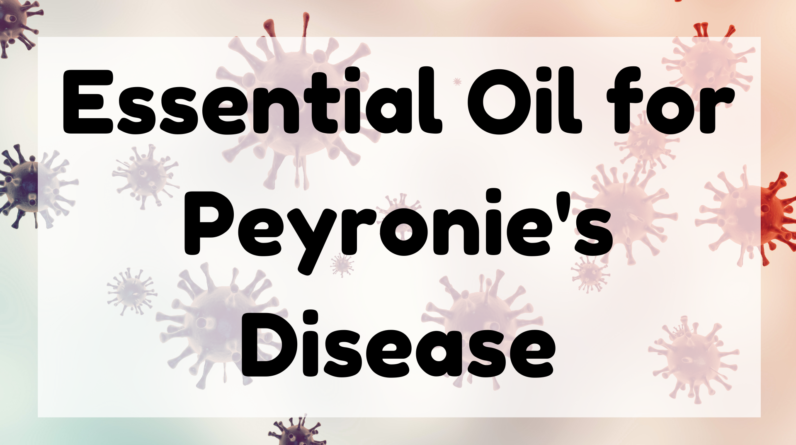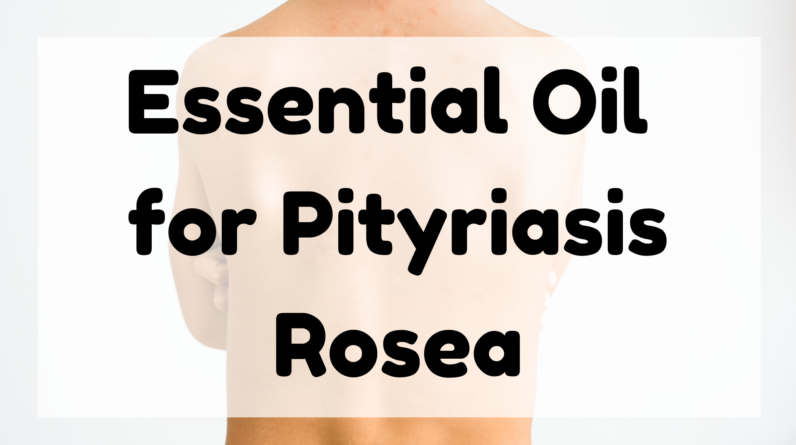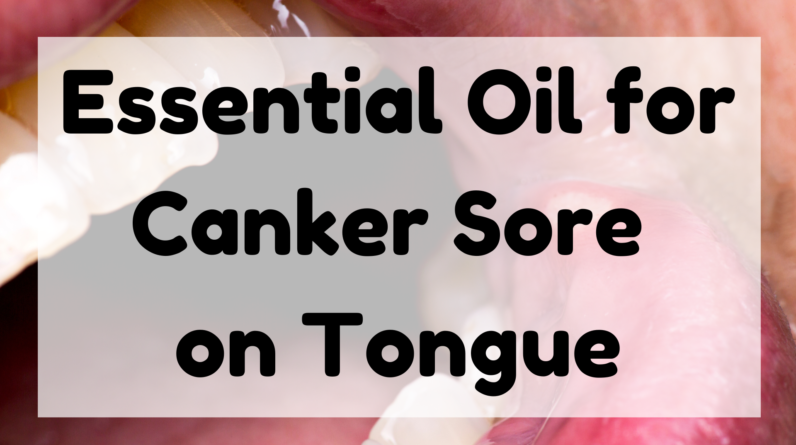Jump Ahead to:
Essential Oil for Plant Fungus
This review will provide information on the antifungal effect of essential oils in plant fungus and discuss the mechanisms of action of several plant-derived essential oils.
We will also cover the toxicity of these oils to fungi.
Toxic essential oils are a major concern for fungi.
What are Essential Oils
This review will explore the role of essential oils against fungi.
There are several kinds of essential oils that are effective against fungi.
Some of these oils are known to be effective against oral thrush, as they contain terpenes that have a strong antifungal effect.
Other oils such as clove and peppermint can also be effective against fungi.
These oils can be beneficial for both human and animal health, as they contain antimicrobial properties.
Aromatic essential oils are plant extracts extracted from plants.
They contain chemical compounds that define and sustain plant life.
Different plants contain different essential oils.
Using essential oils to combat fungi will help your plants fight off fungal infections and make them more resilient to pests.
Listed below are the main properties of essential oils that are helpful for fighting fungal infections.
Before applying essential oils, always perform a skin patch test to ensure you are not allergic to any of them.
You should also make sure that you dilute the oils thoroughly before applying them to your skin.
They should not be ingested as the essential oils may cause toxic effects.
Essential oils are not suitable for ingestion and are best diluted in carrier oils.
Thyme essential oil is an effective therapeutic agent against gray mold, which affects most crops and is a major cause of loss worldwide.
It can reduce the diameter of wounds caused by fungi and increase the expression of defense genes in plant tissue.
Thyme essential oil is effective against the fungus Alternaria brassicae (ABT), which attacks broccoli and rapeseed.
The therapeutic action of tea tree oil against Fusarium oxysporum (Fusarium oxysporum) has also been noted in recent studies.
Despite the great promise of essential oils for treating plant fungus, they carry a large risk of irritation and allergic reactions.
The composition of essential oils varies widely, and it’s hard to compare different products based on their effects.
The risk of allergic reactions and irritation is greatest for plants exposed to essential oils, so studies must focus on specific components.
It’s essential to choose an oil that suits the purpose of treating fungus and avoid any of the chemicals that are considered potentially toxic.
Properties of Essential Oils
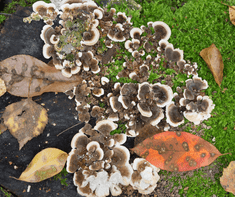
These natural compounds are a viable alternative to chemical fungicides and food preservatives.
They can protect seeds and other products from fungal attacks, and extend the shelf life of fruit and vegetables.
In addition, their antifungal properties make them good candidates for industrial applications.
The essential oil of O. onites is highly inhibitory of Forc, compared to other essential oils.
The volatile phase of essential oils exerted more inhibitory effects than contact effects.
The essential oil exhibited morphological degeneration of fungal hyphae under light and scanning electron microscopy.
Using this essential oil in greenhouse conditions, O. onites demonstrated potent biofungicidal activity against Forc on cucumber plants.
Essential oils have distinct antifungal activities in plants.
For example, cinnamon oil significantly reduced necrotic lesions on tomato leaves.
Origanum oil significantly delayed conidial germination.
However, fennel and thyme oils did not have these effects.
Oregano oil and clove oil showed comparable antifungal activities against Alternaria alternata in vitro.
Peppermint, basil, and marjoram oils inhibited the production of aflatoxin B1 in geranium.
The cinnamon essential oil has a distinctive fragrance. It repels weeds and pests while killing fungus.
To apply this essential oil, combine ten to fifteen drops with water.
Similarly, tea tree oil is an effective natural antifungal agent.
Mix a few drops with water, and spray onto affected plants. However, tea tree oil may burn plants.
For the best results, dilute the essential oil in water before applying it to plants.
Cause of Plant Fungus
Fungal diseases are common among plants.
Fungi are organisms that live on plant tissues and feed on dead organic matter.
When fungi attack living plants, they produce spores.
These spores are spread by wind, water, insects, and cultural practices.
Because plants need adequate moisture to reproduce, fungi are often more prevalent during rainy seasons.
Here are some of the common causes and symptoms of fungus disease.
Leaf spot diseases are caused by the fungus Phytopthora infestans.
These diseases occur during plant growth, although they may start after flowering.
This disease typically starts on the oldest leaves and progresses to affect the entire plant.
Since the fungus does not overwinter in soil, it is usually introduced to the plant by infected seeds or tubers.
The symptoms can vary from small, round spots to blotchy patches.
Powdery mildew is caused by a variety of fungal pathogens and appears on leaves of many plants.
The infection starts with yellow patches on the surface of the leaves, and later progresses to develop into a white or gray mass.
Infected leaves also become papery and may even abscise, despite adequate moisture content.
Downy mildew is best treated as soon as symptoms appear.
It can also be controlled by cultural practices.
Avoid crowding plants and rotating your edibles.
Another common fungus is Thielaviopsis basicola.
This fungus affects bedding plants, especially bedding plants such as petunias, pansies, and annual vincas.
Thielaviopsis basicola and Illicium spp. are common in bedding plants.
These plants can be fatal if they are not treated as soon as possible.
It is also important to keep in mind that bacteria may be present in plants at the time of disease onset, but the initial presence of the disease is usually undetectable.
Once you’ve identified the cause of Plant Fungus, it’s time to decide whether it’s time to control the disease.
Although some diseases occur naturally, most of them are spread by infected plants.
It’s important to check new plants for symptoms of disease before allowing them to spread to your garden.
Unlike bacteria, there is no effective cure for Plant Fungus, which will simply suppress its symptoms.
Best Essential Oil for Plant Fungus

The emergence of immune-suppressive therapies has contributed to an increase in invasive fungal infections.
Furthermore, antifungal therapy has been ineffective in many cases due to the development of resistant fungi.
The search for new antifungals is accelerating, and the plant kingdom represents a rich resource for antifungal compounds.
This review aims to identify essential oils with antifungal activity, discuss their mechanism of action, and determine their toxicity to fungi.
Peppermint oil is highly effective in repelling a variety of garden pests.
Its strong scent deters pests like ants, beetles, and mice.
This essential oil can be applied to plants in the form of sprays, mists, or soil, as needed.
However, it is important to note that some essential oils may burn leaves, and this can be a problem for plants that are sensitive to the sun.
Antifungal essential oils are great for improving air quality in your home.
Because fungi can live in air vents, you should keep the air inside of your home as clean as possible.
However, note that essential oils are not equally effective against all fungi.
As a result, the symptoms of plant fungus may persist after the application of essential oils.
If you have continued symptoms of plant fungus, it’s best to seek medical advice.
There are a few things to note before using essential oil to treat fungus.
First of all, don’t mix the essential oils. Always dilute them with carrier oils.
If you are allergic to essential oils, use a patch test first and monitor it for 24 hours before you apply them.
Second, do not ingest the oils – they can cause toxicity if consumed.
If you are allergic to essential oils, use carrier oil instead.
NEXT Essential Oil For Shin Splints
Legal and Medical Disclaimer
Information provided on the site is for educational purposes only, and does not substitute for professional medical advice.
You MUST consult a medical professional or healthcare provider if seeking medical advice, diagnoses, or treatment.
We do not provide any medical advise.


